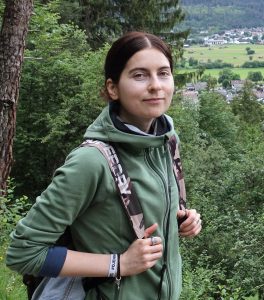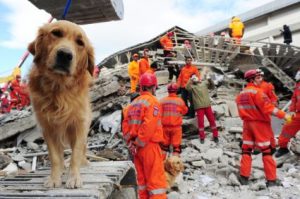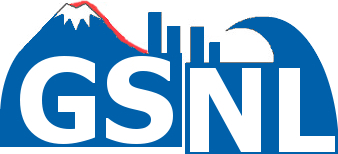Supersite Objectives
Further to the GSNL general objectives, the Kamchatka_Kuriles volcano Supersite has the following specific objectives:
1. To collect space-borne data for volcanoes in three priorities, first priority are highly active volcanoes subject also to geophysical monitoring, second priority are rapid response actions at those volcanoes undergoing dramatic changes (red flagged in alert), third priority are one-time measurements at all potentially active volcanoes of the Kamchatka/Kuriles Volcano Supersite (KKVS).
2. To stimulate scientific exchange, capacity building and technology transfer between scientists abroad and researchers at the Kamchatka Institute of Volcanology and Seismology.
3. To develop a strategy for volcano monitoring based on radar and optical data processing.
4. To develop an early warning system for volcanic unrest, also involving automatic processing workflows.
5. To set and integrate early-warning system coupling seismicity with deformation (Pleiades DEMs comparison, InSAR) and degassing from space-borne, and other data.
6. To improve the capability to track effusion/emission rates based on optic, radar and other aerial image products.
7. To generate high resolution hazards maps.
8. To develop new products and services based on collaboration within GSNL, for first responders, civil and scientific communities.

Supersite Coordinator
GFZ German Research Centre for Geosciences, Potsdam, Germany

Official end-users

Open Supersite data
Please read our Data Policy before continuing.
EO data:
- TerraSAR X satellite data can be accessed from the DLR Supersite Data Portal (registration needed)
- COMO-SkyMed SAR data can be accessed from the ESA Geohazard Exploitation Platform. See instructions for use here.
- Radarsat 2 data: Accessible on demand from the Coordinator
- Pleiadés data: Accessible on demand from the Coordinator
In situ data:
- The GEOFON seismic network https://geofon.gfz-potsdam.de
- The GEOFON waveform access https://geofon.gfz-potsdam.de/old/waveform/
- Video camera monitoring networks http://geoportal.kscnet.ru/volcanoes/webcams.php?lang=en
- Seismic data are provided open access by the Kamchatka Branch of the Geophysical Service RAS http://www.emsd.ru/~ssl/monitoring/main.htm
- For any other in situ data contact the Supersite coordinator.
If you want to use any of the above data, we strongly encourage close collaboration with scientist at the Kamchatka Institute of Volcanology and Seismology (IVS) FEB RUS kscnet.ru/ivs/eng, as explained in our Data Policy

Biennial reports

Result highlights



